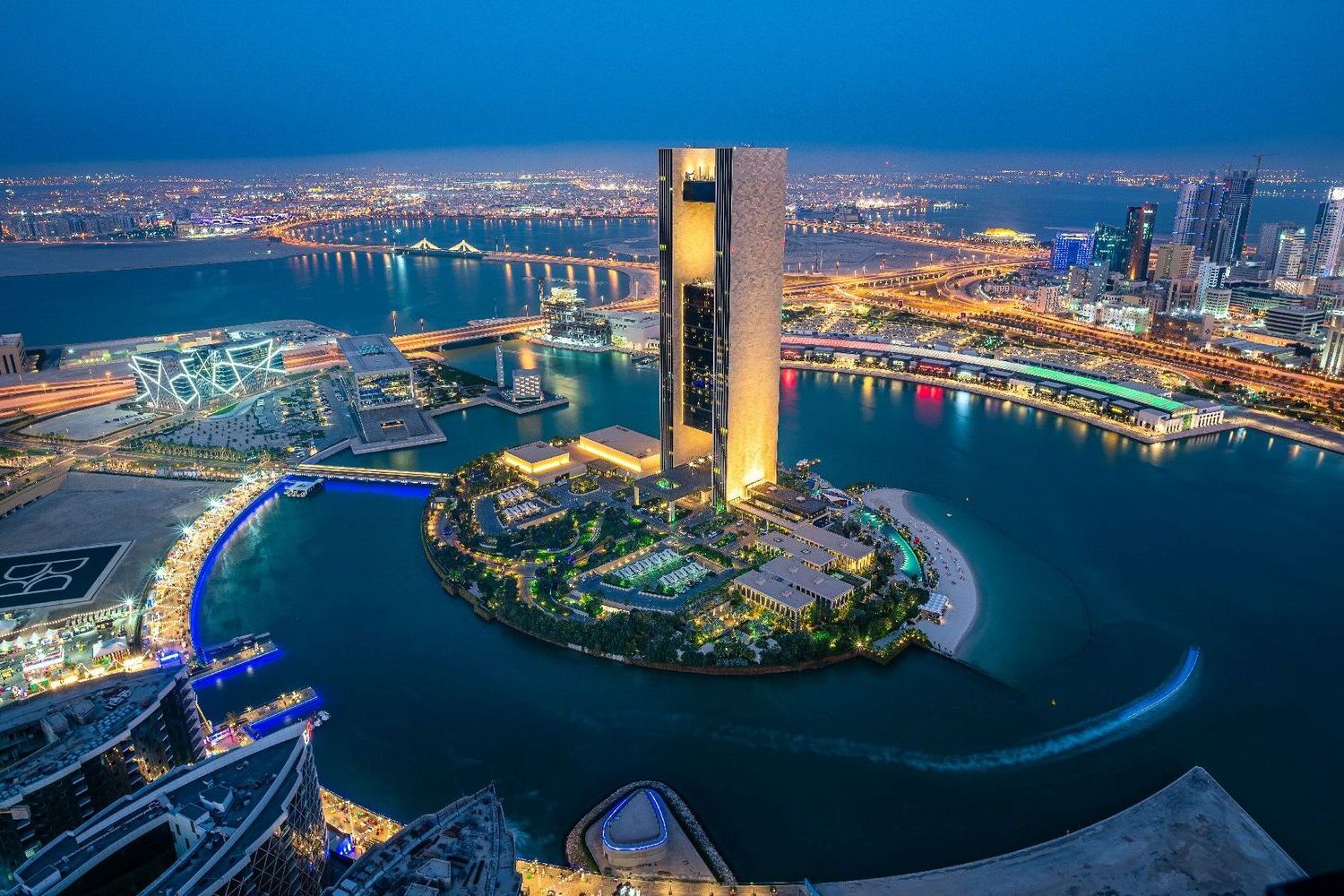Manama is not only the capital of Bahrain but also its main financial, cultural, and historical center. The city blends ancient traditions with cutting-edge architecture, creating a unique atmosphere on the shores of the Persian Gulf. Often overlooked in favor of larger Middle Eastern metropolises, Manama surprises visitors with its contrasts, diversity, and rich heritage. Here you can find traditional souks, futuristic skyscrapers, and traces of ancient civilizations. Below are some fascinating and educational facts about Manama that reveal its multifaceted identity.
- Manama became the official capital of Bahrain in 1971 when the country gained independence from the United Kingdom. However, the first recorded mention of the city dates back to 1345. This makes it one of the oldest settlements in the region.
- The city’s permanent population exceeds 200,000, but on weekdays, the number of people nearly doubles due to daily commuters from other parts of the country. This is because Manama serves as Bahrain’s primary business hub. It hosts the headquarters of international banks, companies, and government institutions.
- Located on the northern coast of Bahrain Island, Manama is bordered by the warm waters of the Persian Gulf. Its coastal position made it a key player in maritime trade and navigation throughout history. It was once a major center for the pearl diving industry.
- One of Manama’s most iconic landmarks is the Bahrain World Trade Center, the first skyscraper in the world to incorporate wind turbines into its design. Completed in 2008, it remains a model of sustainable architecture. The twin towers are connected by three bridges, each equipped with a large wind turbine.
- In the heart of the city lies the traditional Souq Al-Manama, where visitors can buy spices, gold, textiles, perfumes, and souvenirs. It’s the perfect place to experience the sights, sounds, and scents of an authentic Middle Eastern market. The souq is popular with both locals and tourists.
- Manama is home to the Al-Fateh Grand Mosque, one of the largest mosques in the world. It can accommodate more than 7,000 worshippers and is renowned for its impressive Islamic architecture. The mosque is open to visitors of all faiths, making it an important cultural attraction.
- The Bahrain National Museum, located in Manama, showcases the archipelago’s history over several millennia. Among its exhibits are artifacts from the ancient Dilmun civilization, one of the oldest cultures in the region. The museum features a modern design and is accessible to the public.
- Each year, Manama hosts the Bahrain Grand Prix, a Formula 1 race that draws attention from fans around the world. It was the first Formula 1 event held in the Middle East. The race helps promote tourism and contributes to the country’s infrastructure development.
- The city is expanding through artificial island and waterfront projects, similar to those in Dubai. One such project is the Amwaj Islands, a luxury residential and leisure development featuring villas, hotels, and marinas. It is considered one of the most prestigious areas in Bahrain.
- Compared to many other Gulf capitals, Manama is known for its relatively liberal social and cultural environment. The city features bars, international restaurants, art exhibitions, and concerts. This makes it attractive to expatriates and international visitors.
- Near Manama is the ancient settlement of Barbar, where archaeologists discovered the ruins of three temples dedicated to the Sumerian god Enki. This site is recognized as one of global archaeological significance. The findings highlight Bahrain’s historical ties with Mesopotamian civilizations.
- Manama boasts a modern healthcare and education system. The city is home to universities, colleges, and internationally accredited private clinics. Educational institutions often maintain partnerships with foreign universities.
- The population of Manama is diverse, with people of different nationalities and religions living side by side. While Islam is the state religion, Christian churches, Hindu temples, and synagogues also operate freely. This cultural openness fosters a spirit of coexistence and mutual respect.
- Manama’s economy is based not only on oil but also on banking, tourism, and information technology. It is considered one of the leading financial centers in the Persian Gulf. Bahrain’s economic transformation began right here in its capital.
- The city is also implementing environmentally conscious policies to protect natural resources. Solar energy use, seawater desalination, and the development of green spaces are key components of its urban strategy. Manama aims to balance progress with environmental responsibility.
Manama is a city full of surprises, contrasts, and deep historical roots. These incredible facts show that Bahrain’s capital is not just a business center but also a vibrant cultural and spiritual hub. You may not have known that Manama successfully combines ancient heritage with modern innovation. It is this balance that makes it one of the most fascinating cities in the Middle East.





